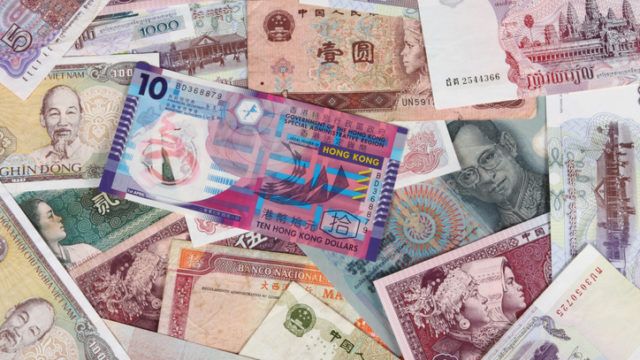Despite high valuations across many asset classes, investors can still find attractive opportunities within EM.
“[These companies are] characterised, in our view, by both their quality and adaptability,” said John Paul Lech, portfolio manager at Matthews Asia.
He believes valuations in EM are supported by fundamentals. “We are seeing a rotation favouring concrete growth or more quality growth. It’s healthy that market performance broadens out a bit.”
In line with these trends, investors should look for companies that are robust and also able to be flexible.
“As we’ve got closer to whatever that next normal is, we’ve widened our approach, which has led us to themes like tourism or real estate which complement some of the themes that have been present in our portfolio throughout, like e-commerce or certain software providers,” added Lech.
In the queue for quality
In general, amid pronounced changes to consumption patterns and accelerated trends due to Covid-19, investors should focus on companies that can adapt and thrive across a broad range of conditions.
For Matthews Asia, this comes down to five key attributes: competitive position; capital allocation; capital structure; cash flow; and character.
“These attributes help us determine whether the business is being run appropriately for the long term, including for shareholders like ourselves who are not in a control position,” Lech explained.
This approach is more important than ever based on lessons from 2020 – showing that nobody can predict or forecast market trends and dynamics. “[This has] underscored the importance of the quality of companies’ business models and management teams,” he added.
Readying for a rebound
In general, EM economies do well when global demand is rising and when local currencies are strong. “There are reasons to believe both of those conditions are present right now,” said Lech.
There are three key elements to this. First, the world is starting to emerge from the shackles of the pandemic. Although the pace of recovery is expected to be uneven – and unpredictable in some cases – Lech sees the general direction of travel as being positive.
Second, many large EM central banks have already begun to adopt tightening policies. This, he explained, is supportive of currencies.
Third, the possibility of rising inflation typically bodes well for commodity prices, in turn benefitting certain EM nations. “The transient versus structural nature of inflation can be debated, but aggregate demand appears to be coming back,” Lech said.
More broadly, the 2021 recovery in asset prices will continue to favour EM economies and Asia, he added. “As inflation fears dampen in the second half of 2021 and US rates stabilise, we expect Asian and EM risk assets to revert back to fundamentals, reflecting a strong earnings rebound expected in the 2021-22 period, allowing for growth stocks perform well and cyclical stocks to separate into those who deserve to climb more and those who don’t have structural fundamentals.”

















